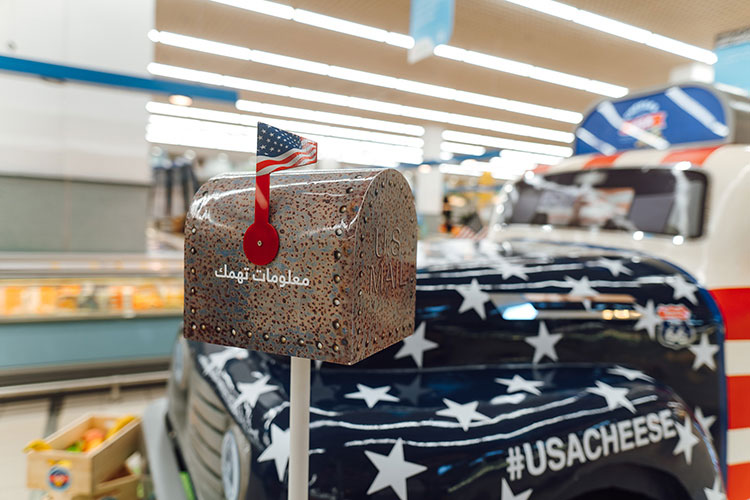
When considering that a growing world population will need nourishment in the decades to come and that U.S. milk production has the ability to continue to grow, the question is not if our domestic industry can reach customers around the globe, but how we will. To find the answer to that question, we must look at our current limitations to foreign markets, and one of those is trade, said Patti Smith.
Maintaining customers, whether domestic or abroad, is about staying competitive on price and being able to deliver product reliably. Both of those factors are supported internationally by effective trade agreements and reduced tariffs, which are opportunities U.S. dairy needs to continue to work to seek out, said Smith on the September 14 Hoard’s Dairyman DairyLivestream.
Smith serves as CEO of DairyAmerica, which is based in California and supplies dairy products to more than 60 countries. Growth in future trade will require our industry to “spread its wings” and seek out new markets where our products can be valuable, she believes. Currently, tariffs and trade are instead hindering some of that expansion.
“When we compete against Oceania and the Europeans, in most cases, they have better tariff advantages than we do, many times in double digit percentages,” Smith explained. “That’s significant dollars over millions of pounds of imports and exports.”
The discussion also highlighted the fact that apart from the revamp of the North American Free Trade Agreement (NAFTA) into the U.S.-Mexico-Canada Agreement (USMCA) that went into effect in 2020, the U.S. had not entered into a free trade pact since 2012. That was with Peru and Colombia. Between those two agreements, we also dropped out of the Trans-Pacific Partnership (TPP), which was mostly focused on Southeast Asian countries.
On the other hand, our main exporting competitors, Oceania and Europe, are looking for trade agreements much more often, Smith said. To stay relevant and competitive on the world stage, that’s an area the U.S. has to be more aggressive in.
“We also have to encourage that, as an industry, we fight for trade agreements and really demonstrate where the advantages are,” said Smith, adding that we have to be in front of these causes instead of one step behind. Southeast Asia, the Middle East, and North Africa are particularly promising regions for these discussions to involve.
Quality, not commodity
As we look to reach these markets, it is becoming increasingly important for U.S. manufacturers to offer products higher up the value chain. Smith said that work has already begun, and it must continue.
“The U.S. dairy industry has historically had a perception of being lower quality, more commoditized. That’s no longer the case,” she said, noting the technology, sustainability, and transportation efforts that processors have taken to produce and provide more valuable dairy products. Consider that many cheese varieties are exported today thanks to their taste and other attributes, in addition to versatile dairy ingredients.
Continuing to make those investments and being able to capitalize on them through effective trade agreements and reduced tariffs will be the keys to maintaining the momentum that U.S. dairy exports have gained in recent years, Smith explained.
To watch the recording of the September 14 DairyLivestream, go to the link above. The program recording is also available as an audio-only podcast on Spotify, Google Podcasts, Apple Podcasts, and downloadable from the Hoard’s Dairyman website.
Register to continue receiving updates
The next broadcast of DairyLivestream will be on Wednesday, October 12 at 11 a.m. CT. As of January 2022, we moved to a new system. If you have not yet, you will need to re-register to continue receiving email updates and links to the webcasts. You can sign up here now. Registering once will sign you up for all future events.








